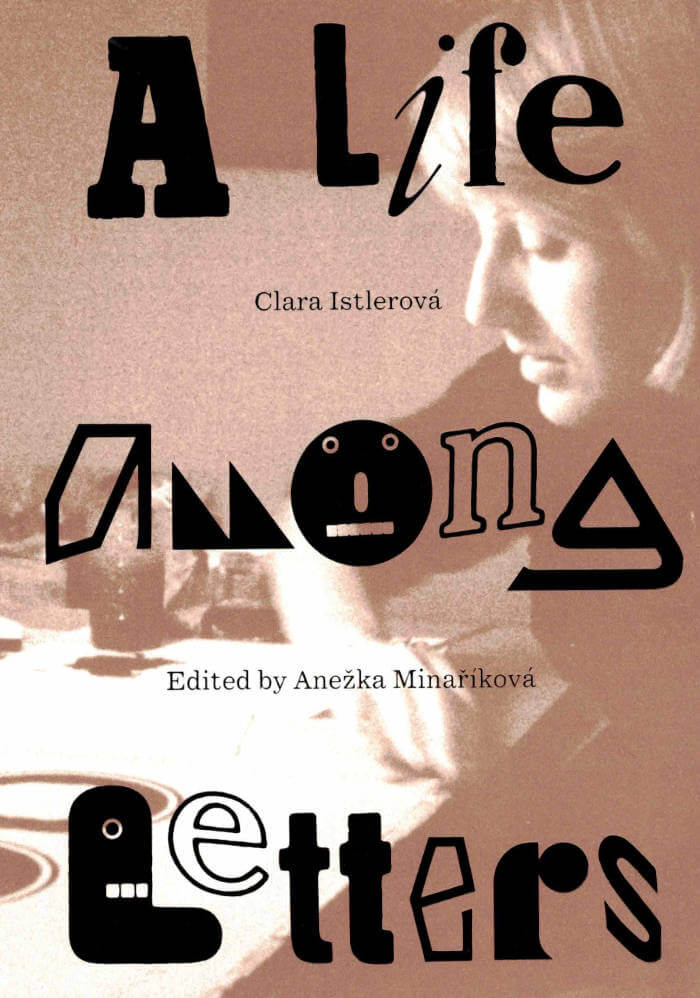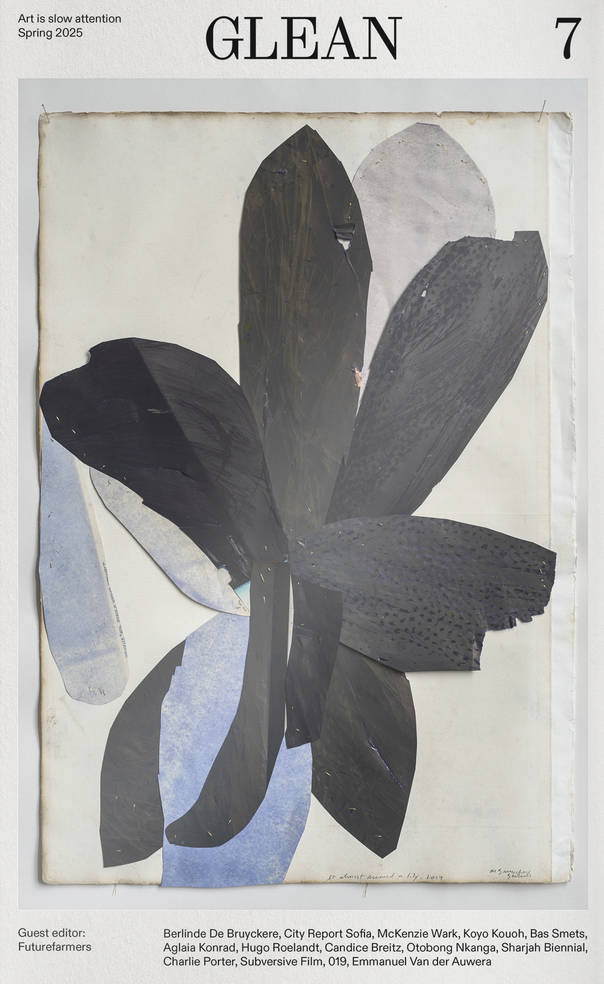
Museum of Capitalism
Andrea Steves ed.
The Museum of Capitalism, a traveling exhibition that has been hosted in Oakland and Boston and will arrive in New York City in fall 2019, treats capitalism as a historical phenomenon. This speculative institution views the present and recent past from the implied perspective of a future society in which our economic and political system has ended, and is now memorialized and subjected to the museological gaze. The goal of the museum, and its publication, is to "educate this generation and future generations about the ideology, history and legacy of capitalism." To this end, Museum of Capitalism features sketches and renderings of exhibits and artifacts, combined with relevant quotations from historical sources, interspersed with speculative essays on the intersections of ecology, race, museology, historiography, economics and politics.
Included are representations of artworks and museum exhibits created by artists Oliver Ressler, Sayler/Morris, Dread Scott, Temporary Services, Superflex and others, original Isotype graphics drawn from the museum's lexicon of "capitalisms" and texts from Lucy Lippard, Lester K. Spence, T.J. Demos, Chantal Mouffe, McKenzie Wark and Kim Stanley Robinson, among others. For this new, expanded second edition of Museum of Capitalism (the first was published in 2017), Jodi Dean, Ben Davis, Madeline Lane-McKinley, Nina Power, Abigail Satinsky, Simon Sheikh and FICTILIS have contributed new texts.
Language: English







